India has vowed to remain firm in its trade stance following the United States’ imposition of steep new tariffs on Indian goods. Trade Minister Piyush Goyal, speaking publicly for the first time since the levies took effect, said India would focus on expanding into new markets while ensuring its exporters remain competitive.
India’s Position on Trade
At an industry gathering in New Delhi on Friday, Goyal stressed that India continues to welcome trade partnerships and is open to free trade agreements. “We are always ready if anyone wants to have a free trade agreement with us,” he said. However, he made it clear that India will not compromise its position under pressure. “We will neither bow down nor ever appear weak,” he added.
The comments came as Washington’s 50 percent tariffs on a wide range of Indian imports went into effect this week. The duties have already prompted concerns from industry groups and analysts, who warn that such high levies could significantly disrupt supply chains and reduce India’s attractiveness to U.S. buyers.
Impact on Exporters
The United States has been India’s largest export destination, with shipments totaling $87.3 billion in 2024. Key sectors supplying the American market include textiles, jewelry, seafood, and electronics. With the new tariffs in place, exporters are under pressure to find alternative destinations for their goods.
Industry reports indicate that some U.S. orders have already been canceled, particularly in textiles and handicrafts, as importers seek lower-cost alternatives in countries such as Bangladesh and Vietnam. This has heightened concerns about potential job losses in India’s labor-intensive export industries.
Small and medium-sized businesses are expected to be hit hardest, as they often lack the resources to quickly shift to new markets. Exporters in Moradabad, a hub for housewares and handicrafts, have warned that the new duties may force them to scale back production if additional support is not forthcoming.
Government Response
In his remarks, Goyal sought to reassure businesses that the government is preparing targeted support measures. “We will release several initiatives in the coming days to support every sector and boost exports,” he said. He expressed confidence that India’s exports in the current fiscal year will surpass 2024–25 levels despite the challenges.
Officials have indicated that government measures may include financial assistance, credit support, and programs to help exporters tap into new markets in Europe, the Middle East, and Africa. India is also expected to accelerate trade talks with other countries and regional blocs as part of its diversification strategy.
Strains in Trade Negotiations
The latest tariff measures add strain to U.S.–India trade talks, which have struggled to make progress in recent years. Key sticking points remain around agricultural and dairy products. Washington has sought greater access for American goods, while Prime Minister Narendra Modi has remained firm on protecting India’s farmers, a politically significant sector of the economy.
Trade experts note that while the U.S. and India share broad economic ties, tariff disputes highlight the difficulty of balancing domestic political priorities with international trade obligations.
Legal Challenges in the U.S.
The tariff policy itself is also under legal scrutiny in the United States. The U.S. Court of Appeals for the Federal Circuit in Washington, D.C., recently upheld a ruling that questioned whether the administration had exceeded its authority by imposing universal tariffs on multiple trading partners. Judges raised concerns over the use of emergency powers to justify the measures, particularly in relation to trade deficits.
Despite this, the appeals court allowed the tariffs to remain in effect until October 14, while the administration pursues a potential appeal to the Supreme Court. For exporters and importers alike, this means continued uncertainty in the months ahead.
Looking Ahead
For India, the immediate challenge lies in supporting industries most affected by the sudden increase in trade barriers. While the country has made significant progress in positioning itself as a global manufacturing hub under the “China Plus One” strategy, the new U.S. tariffs complicate its ability to attract investment and expand exports to one of its most important markets.
At the same time, policymakers in New Delhi see the situation as an opportunity to accelerate diversification and strengthen partnerships with other global economies. Efforts are expected to intensify to finalize trade agreements in Asia, the Middle East, and Europe, while domestic reforms aim to make Indian industries more competitive on a global scale.
The coming months will be critical in determining whether India can turn this disruption into a chance to broaden its trade footprint or whether the tariffs will slow its momentum in global markets.
#SupplyChainNews #GlobalTrade #TariffImpact #IndiaEconomy #TradePolicy

















